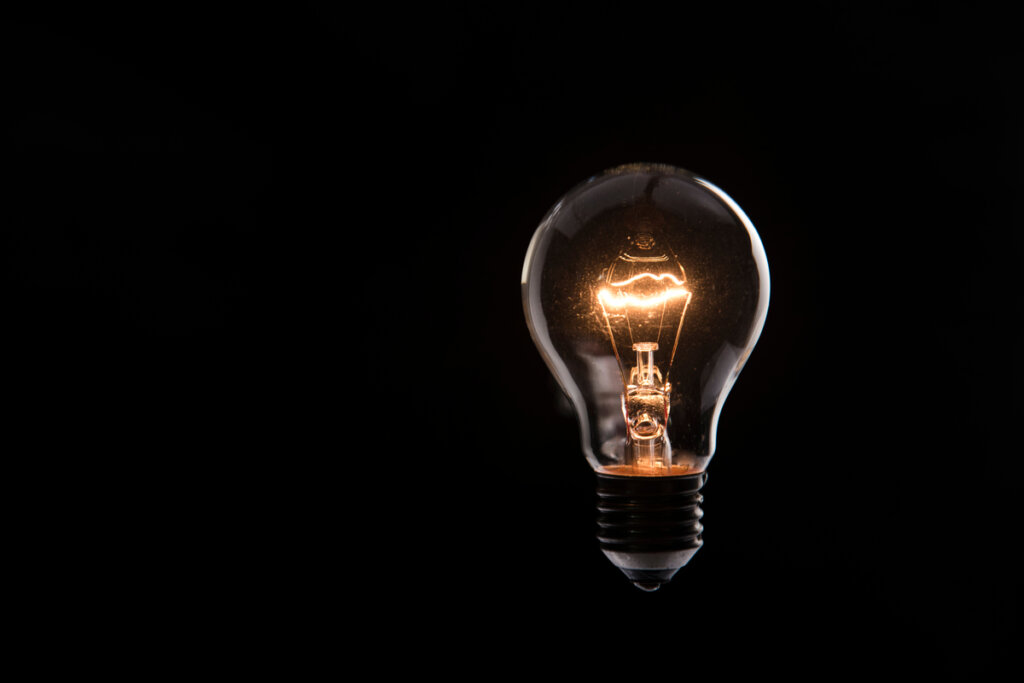The Five Levels of Creativity According to Irving A. Taylor


Reviewed and approved by the psychologist Sergio De Dios González
According to Irving A. Taylor, levels of creativity constitute different dimensions of creative activity. Each one is applied to different objectives. They’re distinguished from one another by the products that emerge from them. Also, by the capabilities needed to achieve them.
Some authors prefer to speak of creative facets and not levels of creativity. However, Taylor considered the denomination of levels adequate, since each of these categories supposes a different degree of depth.
The creative act is considered by many to be the essential and highest manifestation of the human essence. Although various animals can also create, only humans are capable of radically modifying their environment through their innovations. Let’s see what the levels of creativity are according to Irving R. Taylor.
“Curiosity about life in all its aspects, I think, is still the secret of great creative people.”
-Leo Burnett-

1. Expressive creativity
Taylor’s first level of creativity is the expressive kind. It corresponds to the world of spontaneity and improvisation. In this case, the imagination manifests itself in the expression of the inner world, feelings, and emotions. It’s associated with all the ways in which a message or experience can be manifested and communicated.
Expressive creativity responds to the human need for self-identification and communication with the environment. It could be said that it’s the most genuine and direct form of creativity. For instance, it’s visualized in expressions such as children’s drawings, the unsuspecting writing of a verse, dancing in contexts other than a show, and spontaneous singing, among others.
2. Technological creativity
In technological creativity, there’s little spontaneity or improvisation. Instead, previously learned strategies and techniques are applied. The aim is to obtain a specific product or development. These must have a function in the real world.
Practicality prevails at this level. Something is created in order to solve a problem, improve an object or procedure, or satisfy a need. Indeed, the purpose is to generate something that’s useful to others. Designers, architects, or product developers employ this level of creativity.
3. Inventive creativity
Inventive creativity corresponds to the generation of inventions or discoveries. They’re based on a new way of seeing reality, or on the establishment of new relationships between existing elements. In this case, the logical premises that are in force are overcome and something totally new is produced.
The products of this type of creativity are based on seeing something that others were looking at but weren’t aware of. Or, the creators see the same as everyone else but find relationships that others hadn’t previously detected. Inventions such as the light bulb and scientific discoveries like penicillin correspond to this level of creativity.

4. Innovative creativity
Innovative creativity has similarities with other levels of creativity, but different characteristics. In this case, imagination is used. The idea is to find methods or strategies that help achieve social acceptance of new ways of perceiving or using things or concepts.
This level of creativity is based on intuition and empathy. The most typical example is fashion. For instance, designers who dedicate themselves to innovative creativity might make really daring modifications to the classic wardrobe. They have a special ability to detect where consumer tastes are heading, or the ability to get them to accept changes compared to the usual. Ripped jeans are an obvious manifestation.
5. Emerging creativity
The emergent is the highest of all levels of creativity. It corresponds to extraordinary or extremely transcendental innovations. It’s connected with the creation of new paradigms, orders, or principles. Consequently, its effects tend to be revolutionary for the community in general. Few people actually reach this level. Those who do are considered geniuses.
The ability to restructure the bases of existing reality is necessary. Those who display this type of creativity often use their lateral thinking to the fullest. For example, the creation of a new school of thought or an invention that completely changes the way things are done. One such instance was the invention of the Internet.
The fact that Taylor speaks of levels of creativity doesn’t mean that an individual will go through all of them and reach the highest. Moreover, all the dimensions can coexist in the same human being. However, it’s more usual that one type develops more than the others.
All cited sources were thoroughly reviewed by our team to ensure their quality, reliability, currency, and validity. The bibliography of this article was considered reliable and of academic or scientific accuracy.
- Castañares, Wenceslao. (2008). El acto creativo: Continuidad, innovación y creación de hábitos. Utopìa y Praxis Latinoamericana, 13(40), 67-82. Recuperado en 31 de octubre de 2022, de http://ve.scielo.org/scielo.php?script=sci_arttext&pid=S1315-52162008000100004&lng=es&tlng=es.
- Castillo, M. A. G. (1980). La creatividad y su evaluación. Revista española de Pedagogía, 31-62.
- Ruiz, A. (2004). Conformación de identidades personales entre la autoidentificación y el heterorreconocimiento. Oficios Terrestres.
This text is provided for informational purposes only and does not replace consultation with a professional. If in doubt, consult your specialist.








